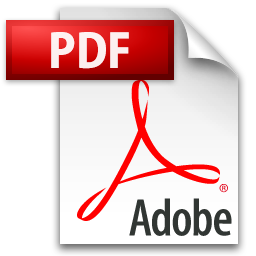Before we publish anything on the HubSpot blog, we always take a minute to optimize its URL for both our readers and search engines. It's an SEO best practice that's withstood Google's many algorithm changes over the years.

While your URL structure isn't the be-all-end-all of your SEO efforts, using SEO-friendly URLs on your site can give you an edge over your competitors in search. That's well worth the minute (tops) that it takes to optimize it.
So, what does a search-friendly URL structure look like?
There are a few things that go into an SEO-friendly URL. For example, research shows shorter URLs tend to rank higher on Google’s search results pages. If you include one or two keywords in your URL, you’ll also get a slight rankings boost.
Want more tips? Check out this infographic from Search Engine Land to learn how to create URLs that Google (and humans) will love. (And read this blog post to learn more quick tips on optimizing your URLs for search.) To learn more about SEO best practices check out our SEO training program.








![Want to Rank Better in Search? Avoid These 10 SEO Mistakes [Infographic]](http://53.fs1.hubspotusercontent-na1.net/hubfs/53/00-Blog_Thinkstock_Images/SEO_Mistakes_Infographic.jpeg)
![How to Easily Track Your On-Page SEO Strategy [Free Excel Template]](http://53.fs1.hubspotusercontent-na1.net/hubfs/53/00-Blog-Related_Images/seo-template-blog.png)

